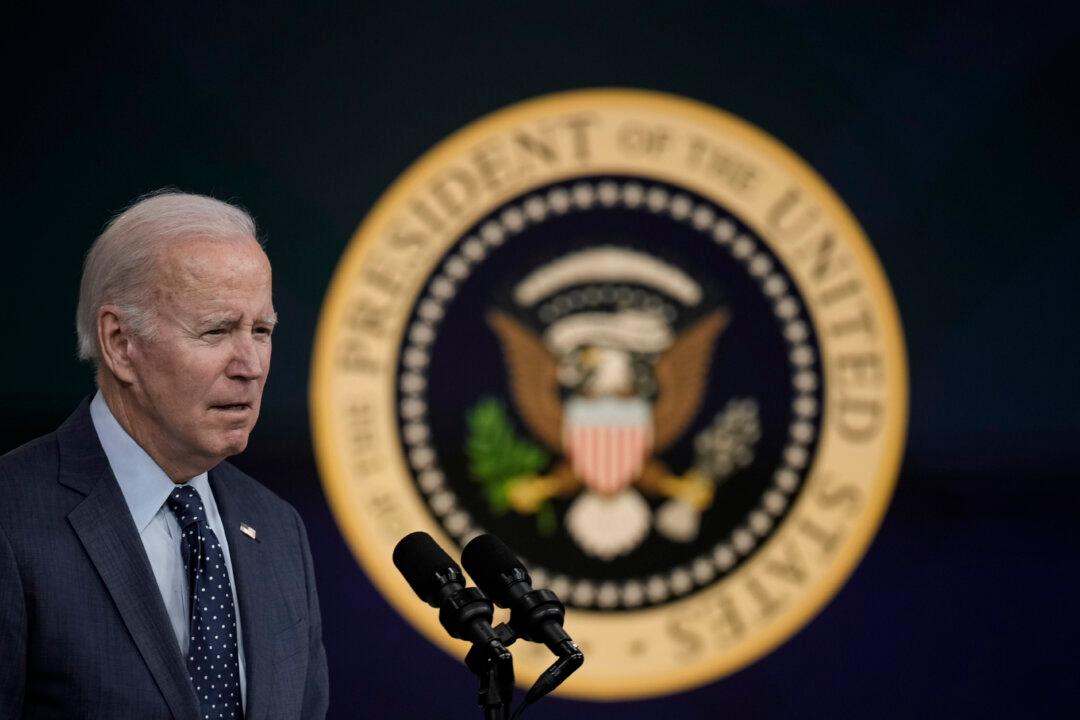Commentary
A coherent U.S. policy toward communist China needs to be clearly delineated in terms of goals, objectives, consequences/penalties, and supporting actions that are integrated and mutually supportive across multiple domains.

A coherent U.S. policy toward communist China needs to be clearly delineated in terms of goals, objectives, consequences/penalties, and supporting actions that are integrated and mutually supportive across multiple domains.